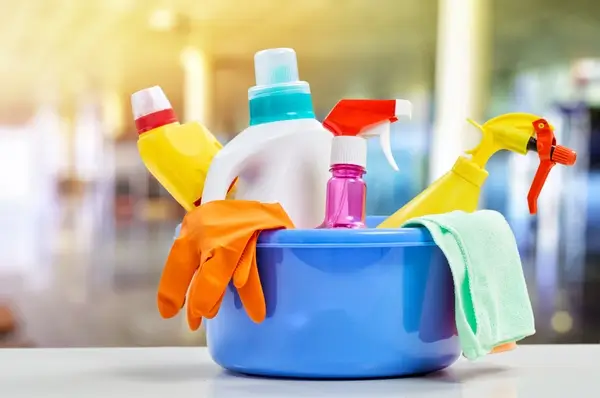Over several years and with 10 engagements with DeepCleaners, I have experienced nothing but excellence. The 4 different cleaners have all been marvelous. They each have a friendly demeanor, eagerness, and a perfect understanding of my demands....
Gerardo M.
